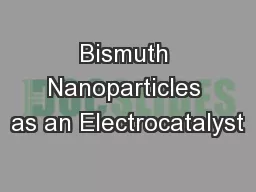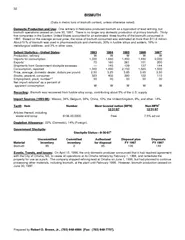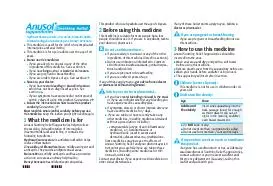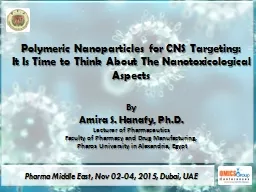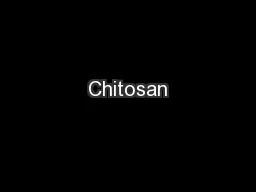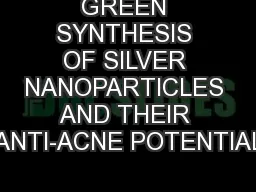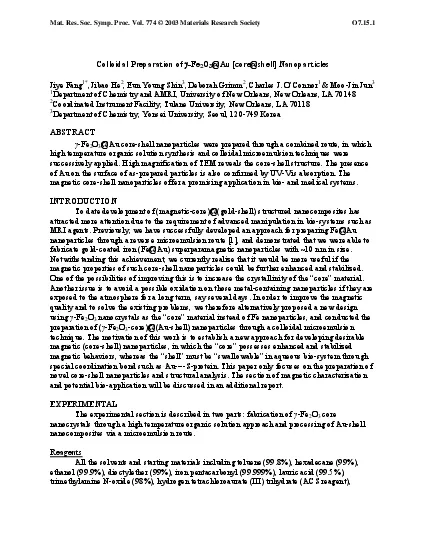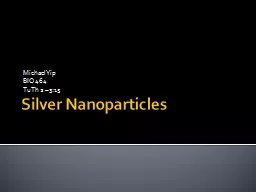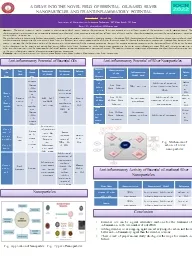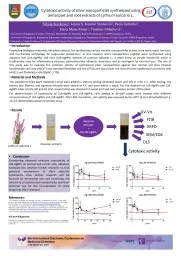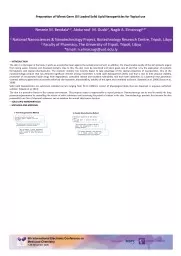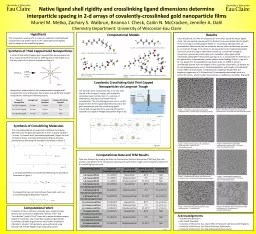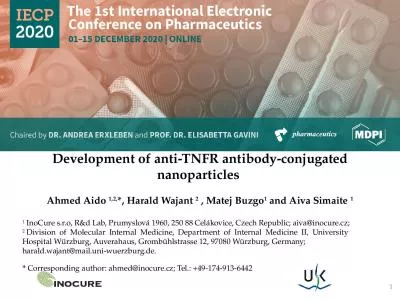PPT-Bismuth Nanoparticles as an Electrocatalyst
Author : sherrill-nordquist | Published Date : 2016-02-21
Trevor Yates Junior University of Cincinnati Adam McNeeley PreJunior University of Cincinnati William Barrett Sophomore University of Cincinnati GRA Abhinandh
Presentation Embed Code
Download Presentation
Download Presentation The PPT/PDF document "Bismuth Nanoparticles as an Electrocatal..." is the property of its rightful owner. Permission is granted to download and print the materials on this website for personal, non-commercial use only, and to display it on your personal computer provided you do not modify the materials and that you retain all copyright notices contained in the materials. By downloading content from our website, you accept the terms of this agreement.
Bismuth Nanoparticles as an Electrocatalyst: Transcript
Download Rules Of Document
"Bismuth Nanoparticles as an Electrocatalyst"The content belongs to its owner. You may download and print it for personal use, without modification, and keep all copyright notices. By downloading, you agree to these terms.
Related Documents

